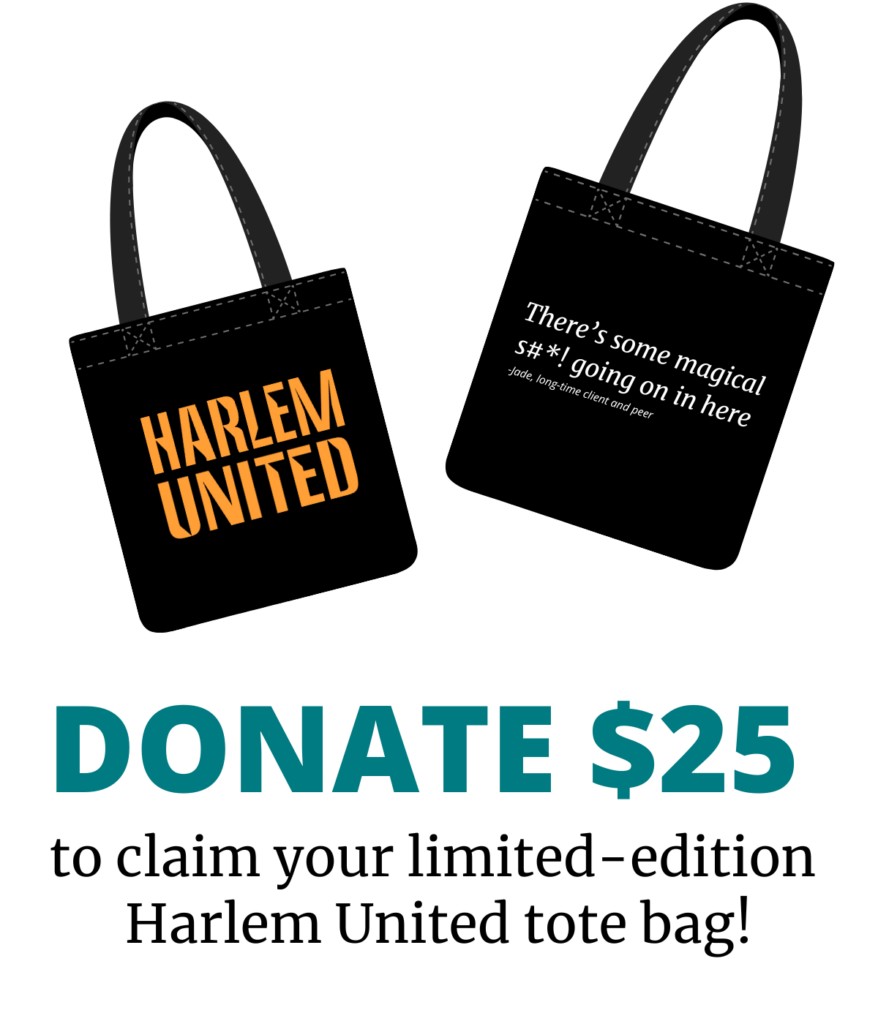Let’s Start with the basics: What exactly IS PrEP?
PrEP stands for Pre-Exposure Prophylaxis and is an HIV-prevention method in which people who do not have HIV can take a pill daily to reduce their risk of becoming infected. The treatment named Truvada© contains two of the medications that can be used to treat people who already have HIV. The FDA approved this treatment in July 2012 as PrEP after large-scale clinical trials showed that it was effective.
But wait, isn’t there a treatment called PEP? Is it different?
There is! PEP stands for post-exposure prophylaxis and can be used in emergencies when you think you have been exposed to HIV. It’s similar in that they are both used as prevention interventions, but one is before and the other is after.
Does PrEP Work?
Studies have shown that PrEP provides a high-level of protection against getting HIV for gay and bisexual men, heterosexual men and women, transgendered women and injection drug users IF the daily medication is taken consistently. In fact, the FDA approval was based on three clinical trials, two of which showed that Truvada worked to reduce HIV by upwards of 90 percent when taken as prescribed.
The Centers for Disease Control and Prevention has issued guidance on PrEP and recommends that PrEP be used in combination with condoms and other recommended risk-reduction practices. Just last month, our very own New York State Department of Health AIDS Institute issued its guidance for the use of PrEP to prevent HIV transmission – again emphasizing that PrEP should not be offered as a sole intervention for HIV prevention.
So wait … are people taking advantage of PrEP? Why aren’t more people talking about it?
That’s a great question! I don’t know. Folks in the HIV prevention community are excited and optimistic, but the uptake of PrEP has been slow. This might be partially due to the fact that PrEP has not been widely advertised.
Also, let’s be real: PrEP is not a panacea for HIV. It really can’t replace all other HIV prevention. It needs to be combined with other prevention, and it’s really for the super high risk – those for whom traditional HIV prevention is not currently working.
Finally, adherence is critical. Before we shout PrEP from the mountaintop, we need to make sure we have the programs and supports in place to help folks who need and can access PrEP adhere to it. It will only work if you take it.
Speaking of access, how can you get it and how much does it cost?
Theoretically, you can access PrEP from your primary care physician, but that’s another barrier we recognize. Many physicians are not yet familiar with the protocols on PrEP. We’re hoping the NYS guidance will help with this. Also, PrEP is not cheap. The monthly cost of Truvada can be more than $1,000. With some pushing, most insurance providers will cover Truvada as PrEP. The PrEP user would need to pay their co-pay. Because New York State is so progressive, our Medicaid formulary covers PrEP. Gilead also has a program for those without health insurance. You could call 1-800-505-6986 or visit www.gilead.com/prep to get more information.
Question: Who Should Consider PrEP?
PrEP has been approved for HIV-negative adults (over 18 years old) who are at high-risk for HIV infection through sexual contact. It’s recommended for HIV negative men who have sex with men (i.e. gay, bisexual and transgendered); HIV negative heterosexual men and women who are in a relationship with an HIV-positive partner and active intravenous drug users who are HIV negative. If you have unprotected anal sex or have multiple partners or you are negative and your partner is positive or you don’t use condoms or you have a history of STI or you inject drugs without clean needles or you engage in sex work … you might consider PrEP.
Are you administering PrEP at Harlem United? What’s Harlem United’s plan for PrEP?
I am not a doctor, so I am not administering anything. Our Chief Medical Officer, Dr. Bookhardt-Murray, reports that she’s really only made one prescription for PrEP in the last year or so. But we are getting ready! Harlem United is optimistic about the promise of PrEP as yet another powerful prevention intervention for the HIV prevention toolkit. We are working at the programmatic, operational, clinical and policy level to make sure PrEP can be available for those who need it in our community. In addition, we are partnering with a handful of academic and research institutions to create studies that will be able to tell us more about how PrEP should and could be “rolled out” in the real world. Right now, we don’t have enough experience to know what really works, but we will learn.
Because we are at the forefront, Harlem United convenes a citywide PrEP for NYC Task Force that is grappling with all of these very issues. If you are interested, you can email me a ksmith@harlemunited.orgto get more information.
We are working really hard at Harlem United to make sure to “do PrEP” right and take things like adherence and safety seriously. There are a lot of challenges. Many compare PrEP to oral contraception. Oral contraception – or the pill – survived a decade of controversy about its safety, cost, impact on risk behavior and society, and acceptability to become an essential part of daily life for many women. So, too, should be the fate of PrEP. With the communities we serve bearing so much of the burden of the HIV epidemic, PrEP represents an opportunity we cannot afford to waste.
[message type=”notice”] For more information on Harlem United and PrEP, download our recent report The Promise of PrEP[/message]

